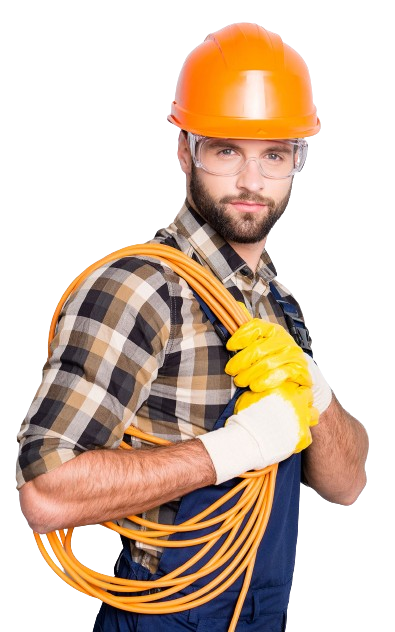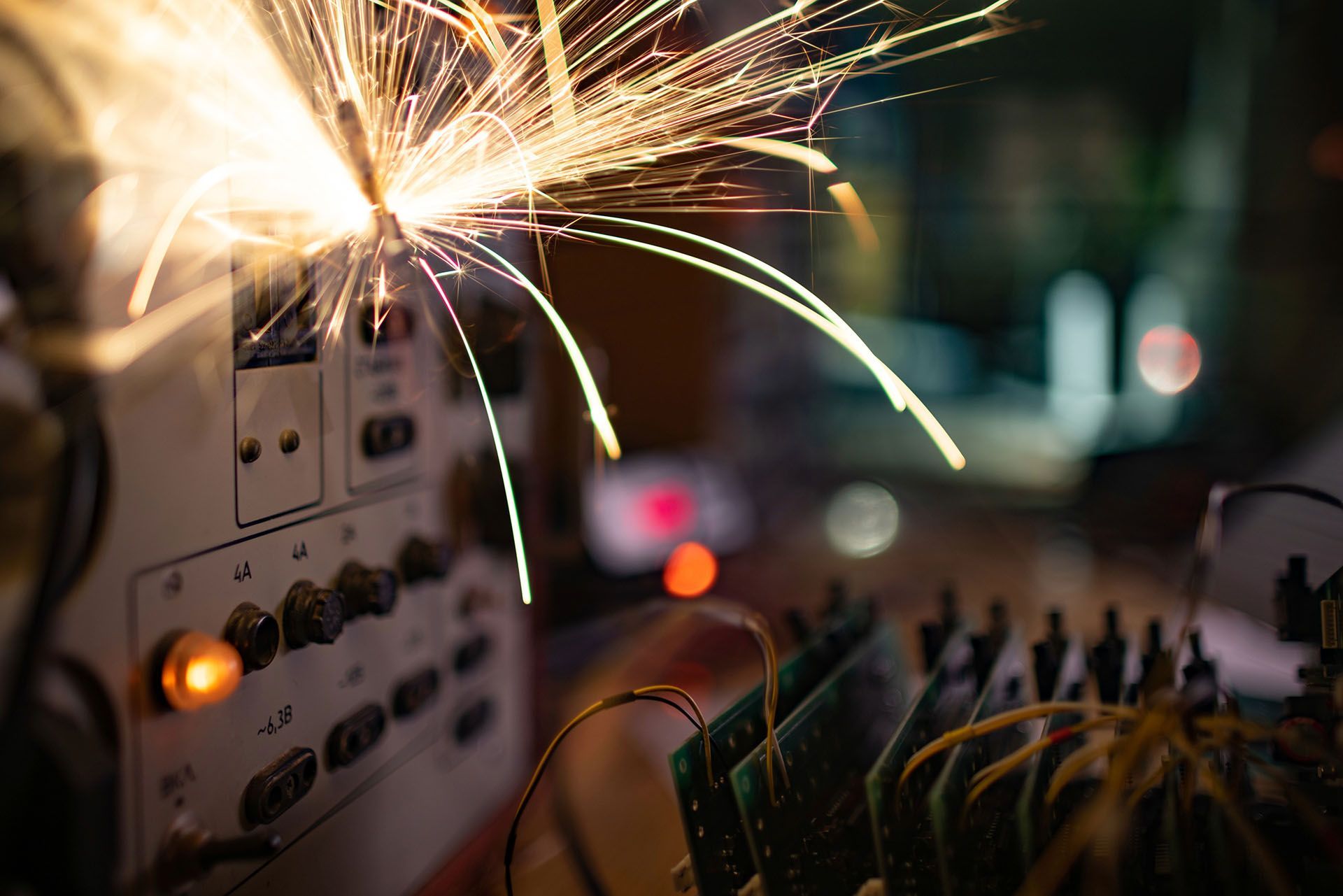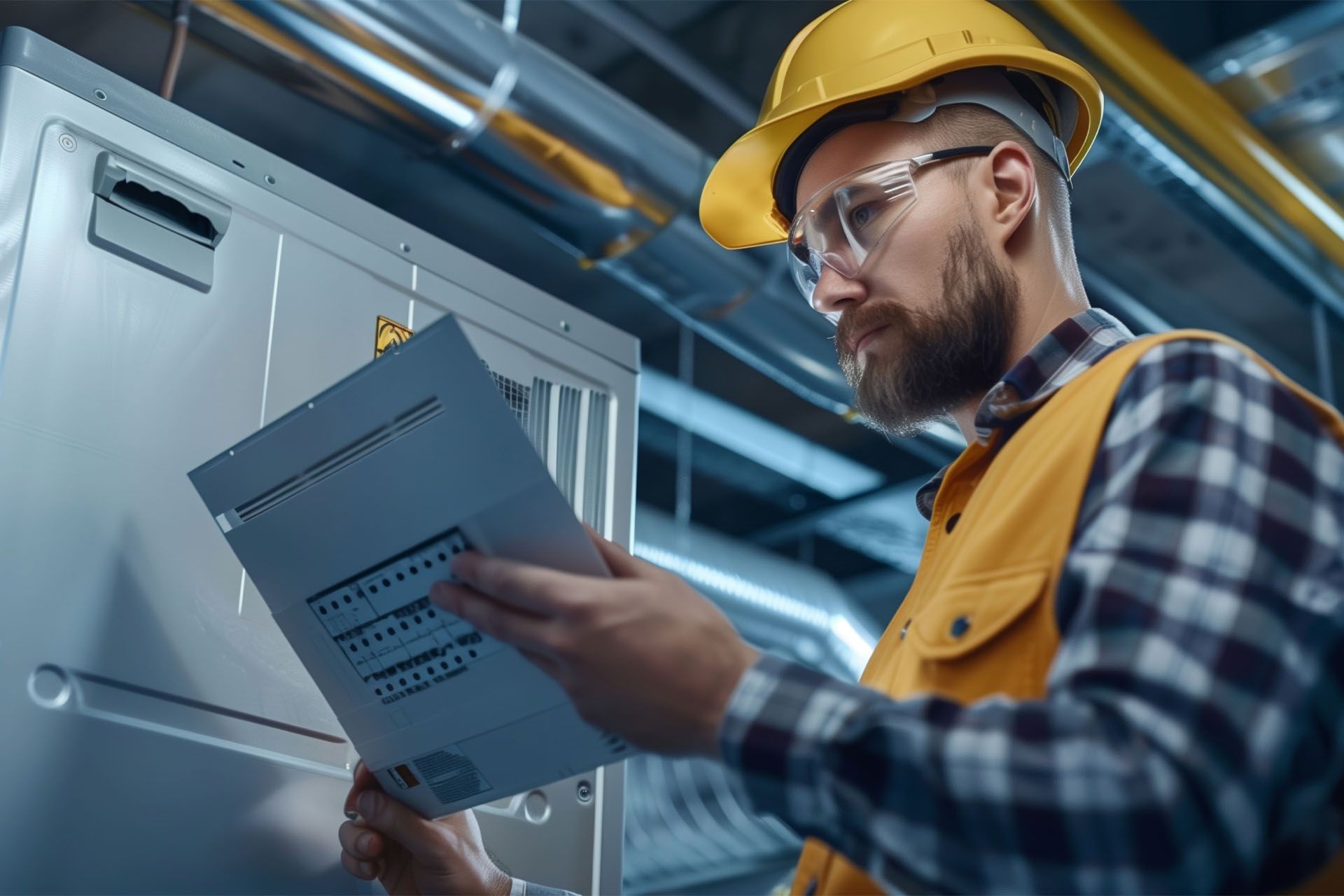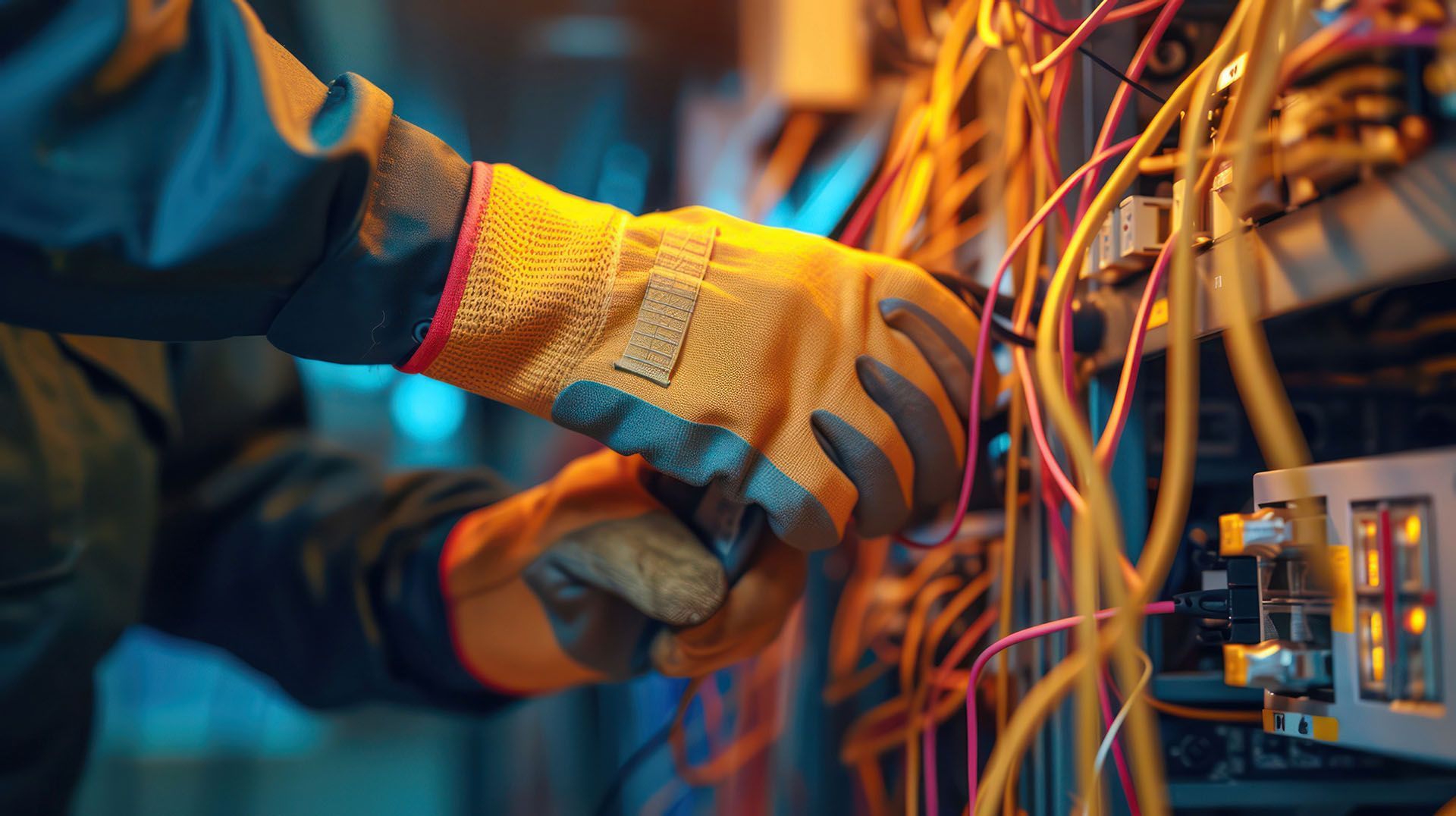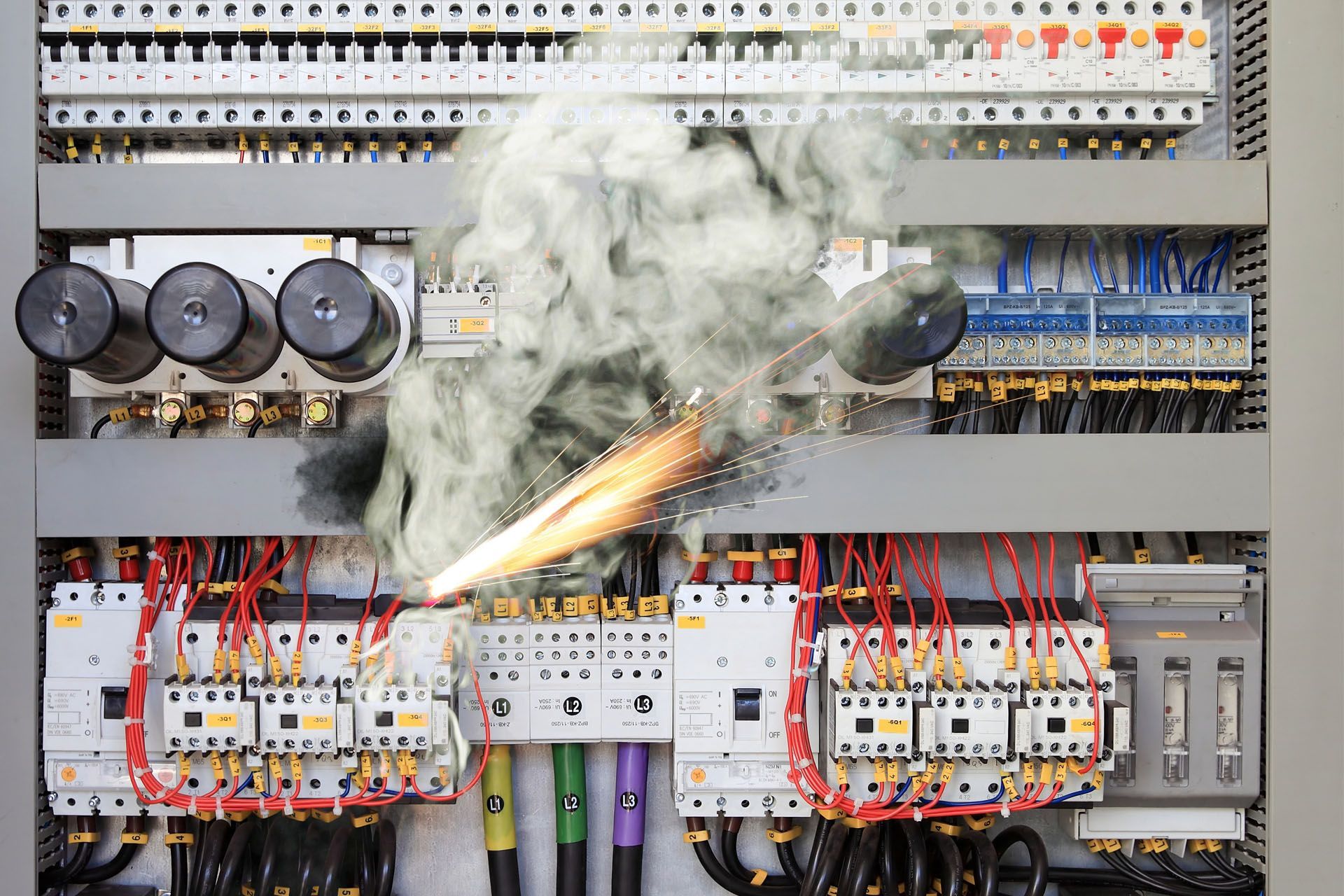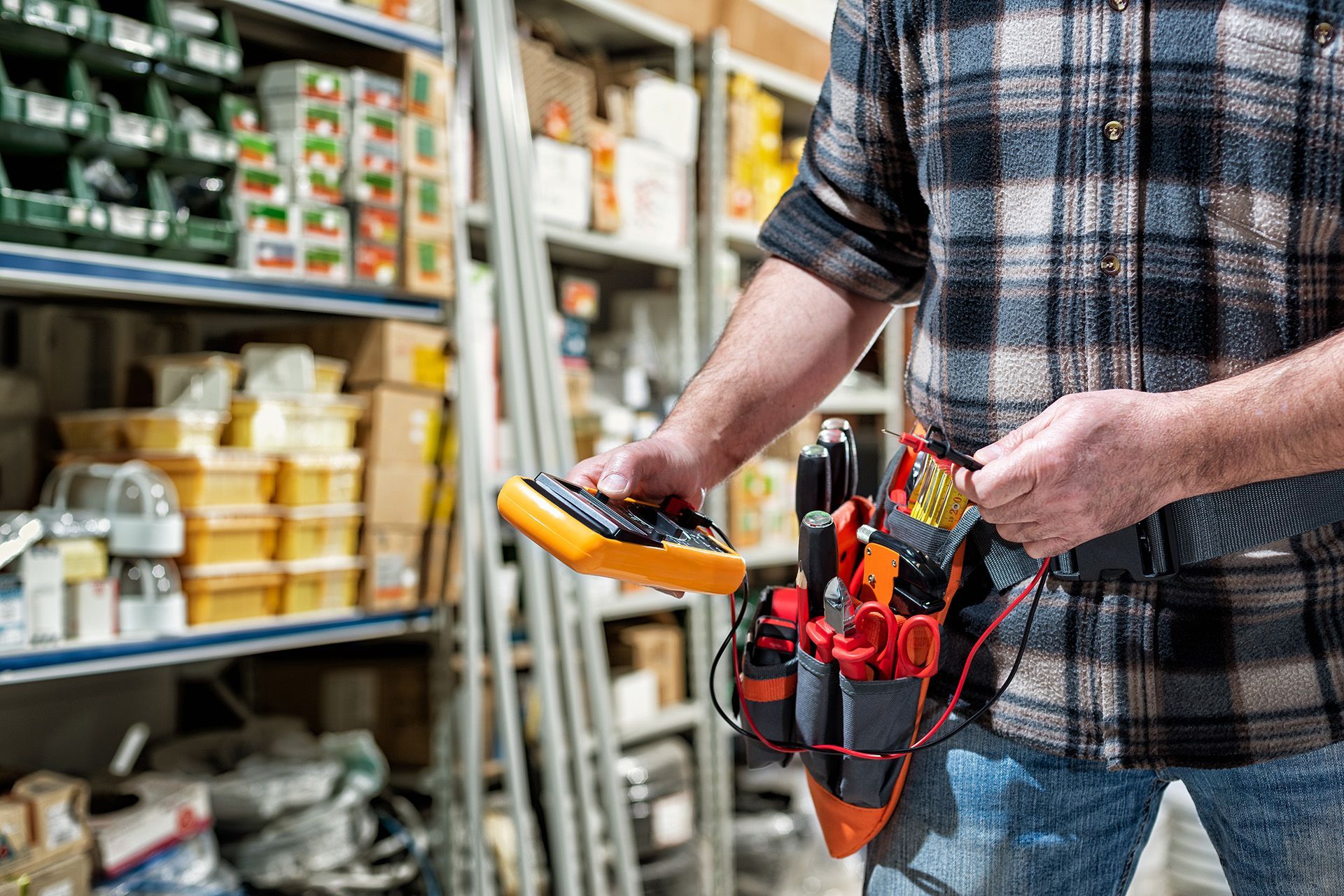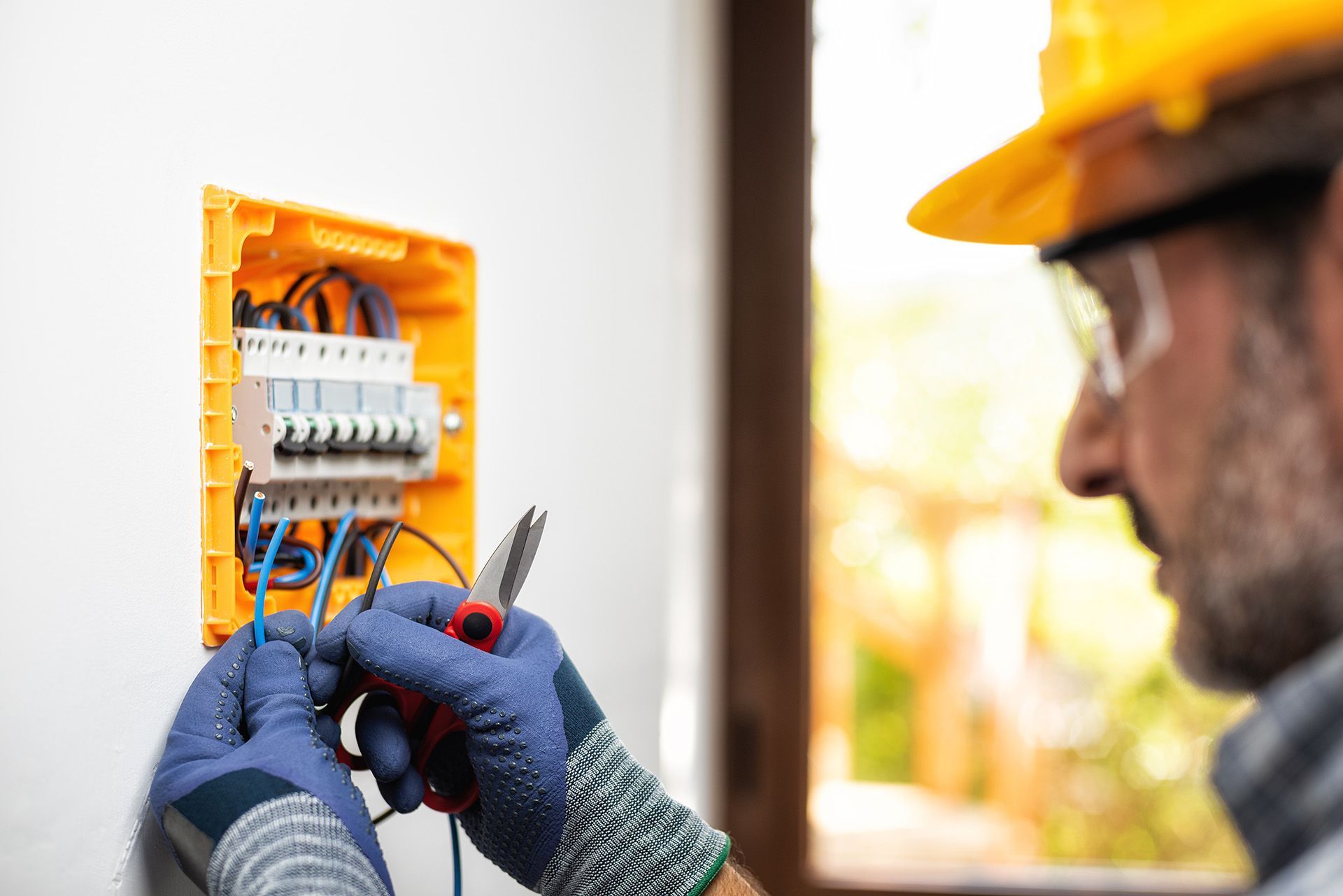Address: Unit 19, 54 Fairey Rd, South Windsor NSW 2756
What is Surge Protection and Why Do Commercial Properties Need It?
Power surges are sudden spikes in electrical voltage, and they can wreak havoc on the systems and equipment businesses rely on daily. From machinery and computers to lighting and security, commercial properties depend on a steady flow of electricity to operate efficiently. But when a surge hits, it can damage sensitive electrical devices, disrupt operations, and even create safety risks.
Surge protectors are the safeguard businesses need to combat these risks. They act as a barrier that prevents unexpected voltage spikes from damaging critical equipment and systems. Without it, commercial properties leave themselves vulnerable to costly repairs, downtime, and compromised safety.
In this blog, we’ll explore how surge protection works, why it’s vital for commercial properties, and how it helps keep your business safe and running smoothly.
What is a Power Surge?
A power surge, also called a voltage surge or transient, is a sudden spike in electrical voltage that can last only a fraction of a second but cause significant damage. In Australia, the standard voltage supply is 230 volts, but during a power surge, the voltage can rise to thousands of volts, overwhelming electrical systems and appliances. These surges can result in costly repairs, damaged equipment, and even operational downtime, making them a serious concern for commercial properties.
Power surges can occur due to lightning strikes, utility grid switching, electrical overloads, faulty wiring, downed power lines, or energy-intensive equipment malfunctions. Lightning delivers massive energy through systems, while grid switching reroutes electricity. Overloading circuits with high-demand devices also triggers surges. Downed power lines are a particularly dangerous cause of surges, emphasising the importance of surge protection to safeguard systems and appliances from damage.
What is Surge Protection?
Surge protection is a safety device that shields electrical and electronic equipment from the harmful effects of power surges. These devices act as a safeguard by absorbing or redirecting excess electrical energy, ensuring that only a safe amount of voltage reaches your systems and maintaining a stable power supply.
One particularly effective surge protection device is the transient voltage surge suppressor (TVSS), which is specifically designed to handle sudden spikes and prevent damage to sensitive electronic equipment. Surge protectors are often integrated with power distribution panels, offering widespread protection across a property’s electrical network.
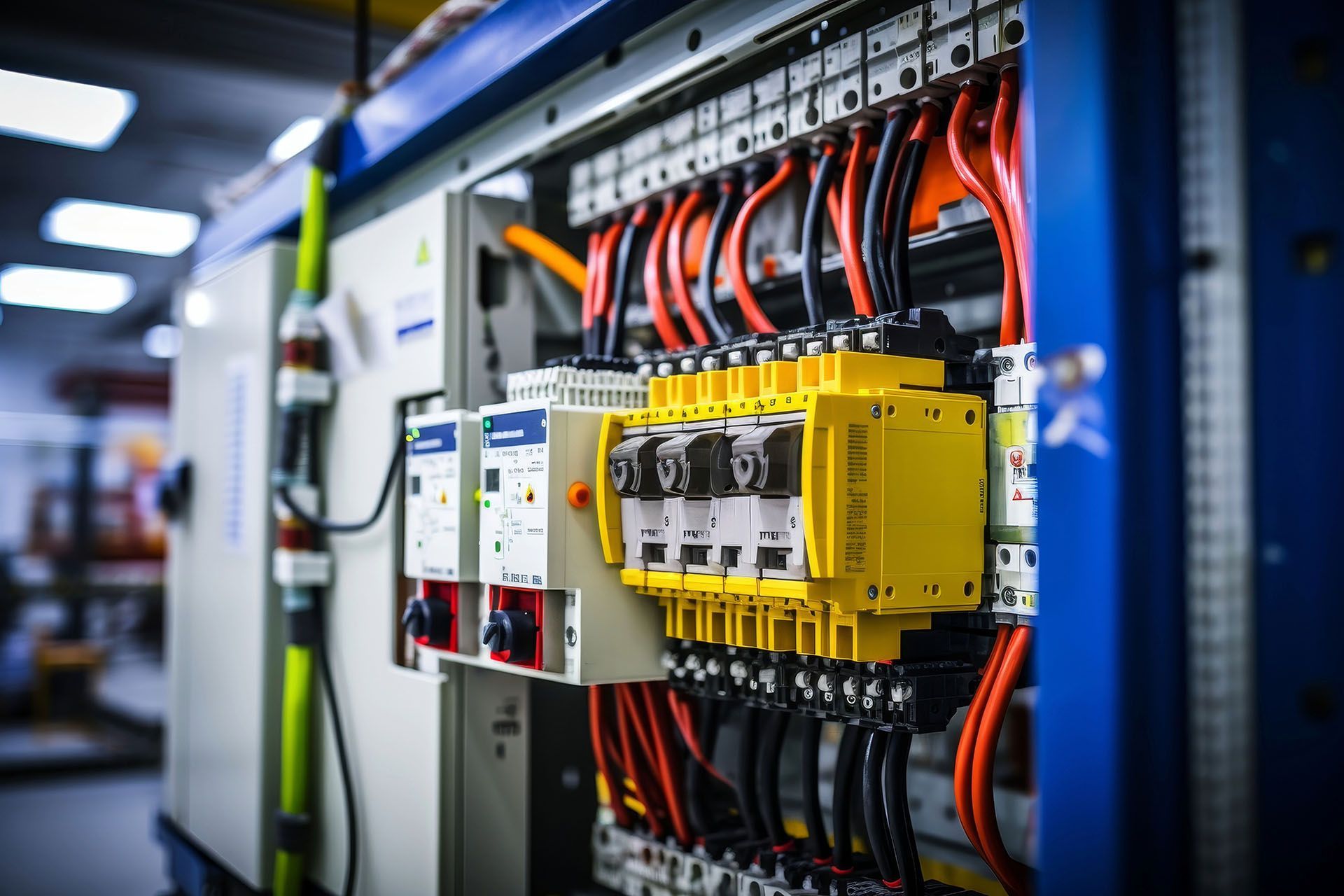
In addition to reducing risks, surge protectors regulate clamping voltage—the maximum voltage allowed before a device intervenes. Basic surge protection is essential for preventing costly damage to your systems, maintaining electrical safety, and ensuring long-term reliability.
How Surge Protectors Work
Surge protectors rely on advanced technology to handle excess voltage and maintain the stability of your electrical systems. One key component is metal oxide varistors (MOVs), which are commonly used in surge protectors. MOVs absorb excess voltage from a voltage spike and redirect the current safely to the ground, preventing damage to connected devices.
In addition to MOVs, surge protectors play a vital role in regulating electricity flow. They ensure circuits operate within safe voltage ranges, preventing malfunctions, overheating, and blown fuses. This regulation keeps your electrical systems running smoothly and extends the lifespan of your equipment. When considering surge protection, it’s important to evaluate how much energy a device can handle to ensure adequate protection for your specific needs.
Types of Surge Protection Devices for Commercial Properties
Here are the main types of SPDs commonly used in commercial buildings:
- External SPDs
External SPDs are installed outside the building, usually on the main switchboard or meter box. Their primary purpose is to protect against power surges originating outside the property, such as those caused by lightning strikes or fluctuations in the power grid. By stopping surges before they enter the building's electrical system, external SPDs serve as the first line of defence against external threats.
- Internal SPDs
Internal SPDs are installed inside the building, typically close to sensitive electrical equipment such as computers, servers, or specialised machinery. These devices protect against surges generated within the building, which can occur due to faulty wiring, equipment malfunctions, or sudden power fluctuations caused by high-energy devices. Internal SPDs ensure that delicate and critical equipment remains protected from these internal electrical disturbances.
- Combined SPDs
Combined SPDs integrate the functions of both external and internal SPDs into one unit. This type of device provides comprehensive protection, guarding against surges originating both outside and inside the building. Combined SPDs are ideal for businesses seeking a streamlined solution to ensure maximum protection for their electrical systems and equipment.
Why Do Commercial Properties Need Surge Protection?
Here are key reasons why surge protectors are essential for commercial properties:
Protect Valuable Equipment
Modern businesses rely on sensitive technology, such as computers, servers, and specialised machinery. Electrical spike can cause irreparable damage to these devices, resulting in expensive repairs or replacements. Surge protectors act as a first line of defence, safeguarding your investment. If you’re unsure about the right systems to protect your equipment,
expert commercial electricians can assess your electrical setup and recommend the best solution tailored to your needs. Their knowledge and experience in the field are invaluable for ensuring comprehensive protection for your property.
Prevent Downtime
Electrical surges that damage critical systems can bring business operations to a grinding halt. This downtime can lead to missed deadlines, lost productivity, and reduced revenue. By preventing equipment failure, surge protectors ensure continuity and minimise disruptions.
Meet Compliance Standards
Businesses must comply with
strict safety regulations, particularly in industries like healthcare, manufacturing, and data centres. Installing high-quality surge protectors helps meet these requirements and demonstrates a commitment to risk mitigation.
Extend Equipment Lifespan
Even minor, unnoticed surges can degrade electrical components over time. This cumulative damage shortens the lifespan of the equipment. By reducing wear and tear, surge protectors ensure your systems remain efficient for longer.
Protect Against Lightning Damage
Lightning strikes on a power line or near a power outlet on a property can cause widespread damage. Surge protectors designed for high-energy events offer critical protection against these catastrophic occurrences.
Enhance Safety
Power surges can cause
electrical components to overheat, spark, or even catch fire, posing significant safety risks to employees and customers. Surge protectors mitigate these hazards, creating a safer work environment.
Key Factors to Consider When Choosing a Surge Protector
Selecting the right surge protector for your commercial building is essential to protect your electrical systems and equipment effectively. Here are some key factors to keep in mind when making your choice:
1. Type of Devices and Equipment
Consider the type of devices and equipment you will connect to the surge protector. Sensitive or high-value equipment, such as computers, servers, and specialised machinery, requires surge protectors with a higher level of protection. Devices with advanced features, like low clamping voltage and high energy absorption ratings, are better suited for safeguarding critical equipment.
2. Size and Capacity
Think about the size of the surge protector and whether it can handle the number of electronic devices you plan to connect. Surge protectors have limits on the number of outlets and the total wattage they can support. Ensure the surge protector you choose is rated to manage the energy requirements of all your equipment to avoid overloading.
3. Price and Quality
While price is an important consideration, don’t compromise on quality. A reliable surge protector should meet safety standards and offer long-term durability. Look for a product that fits your budget but also provides sufficient protection for your electronic devices. Investing in a high-quality surge protector can save you from costly repairs or replacements in the long run.
By carefully evaluating your needs and considering these factors, you can choose a surge protector that offers the right balance of protection, capacity, and value for your commercial property.
Conclusion
A surge protector is an indispensable safeguard for commercial properties, offering critical protection against the damaging effects of electrical surges. By shielding electrical systems from voltage spikes, businesses can secure their valuable assets, maintain operational continuity, and create a safer environment for employees and customers.
Protect your property and critical systems with expert electrical solutions from Ronika. Based in Sydney, we specialise in tailored surge protection systems for commercial clients and luxury home builders. Consult our licensed electricians today to secure your business for the future.
